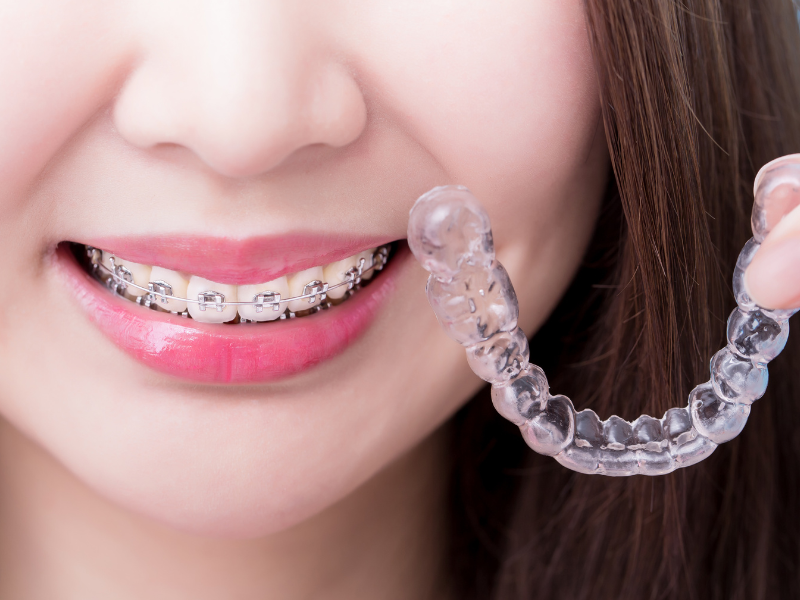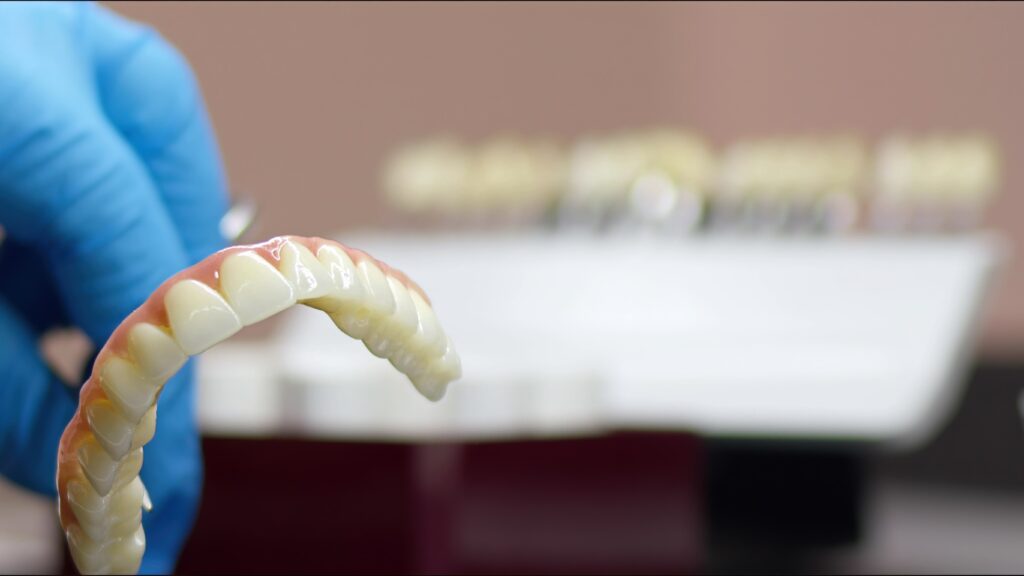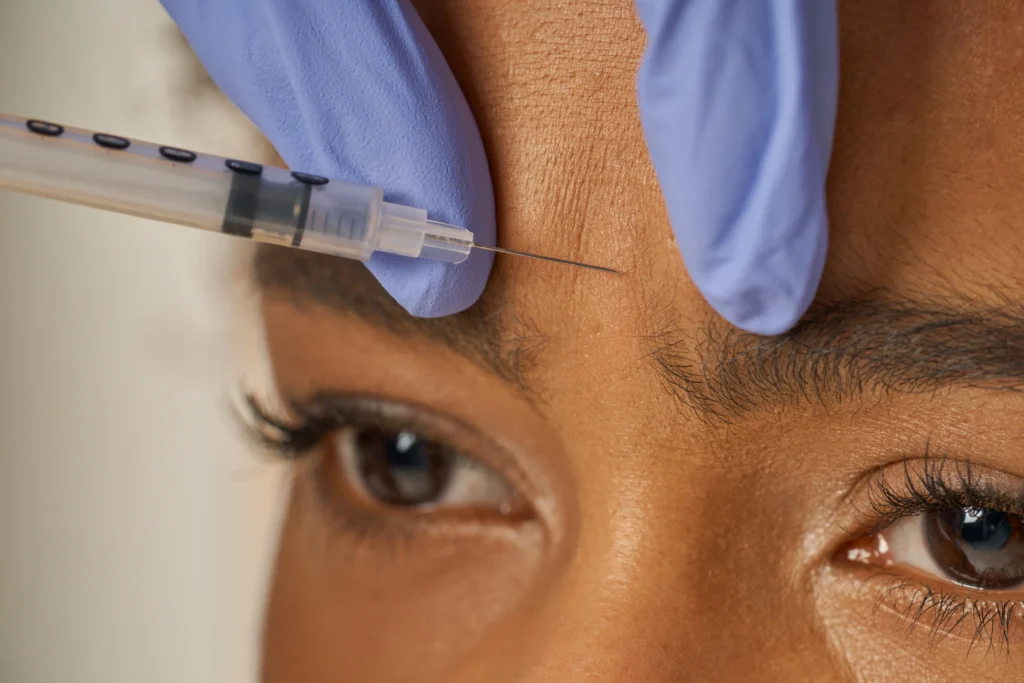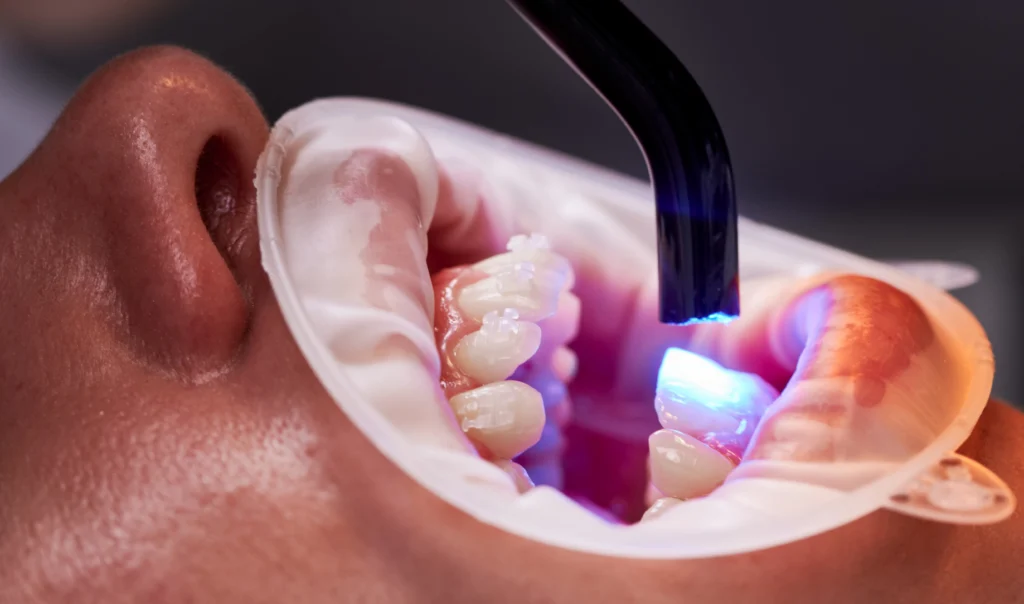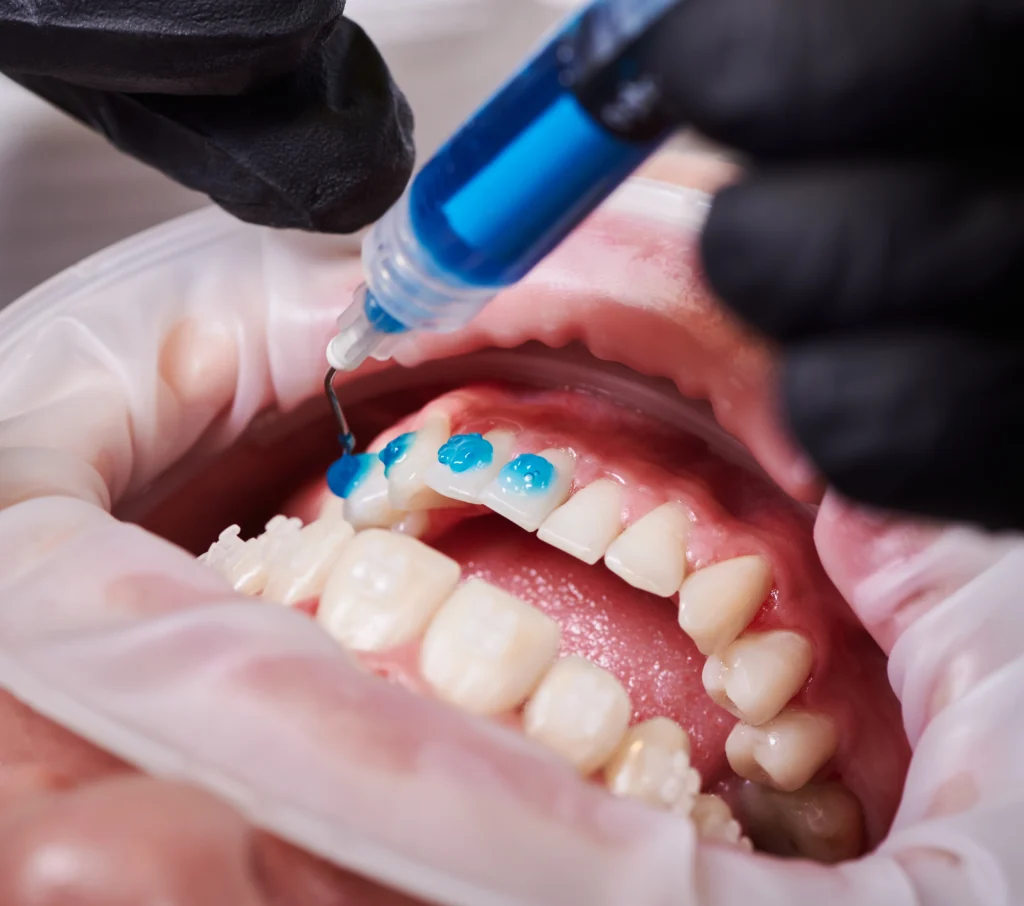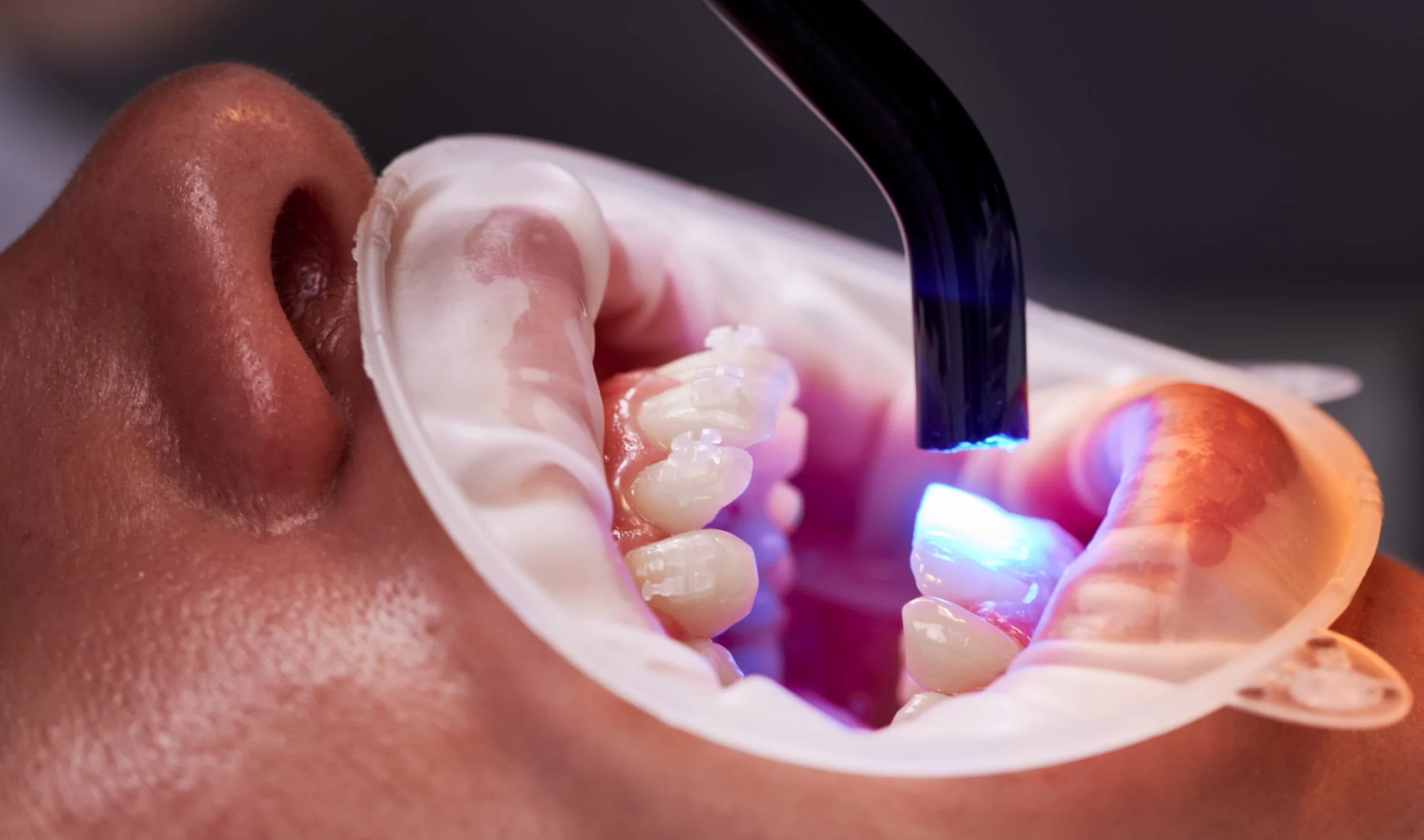
Publication date: August 6, 2025
Two techniques have been developed within modern dentistry for treating cavities: traditional drilling techniques and laser cavity treatment. This choice can significantly impact your comfort, healing time, and overall dental experience.
Understanding the distinctions between these two forms of treatment enables you to make informed choices regarding your dental health. Both strategies have their respective benefits and other considerations that could determine which tactic is best for your particular circumstance.
This guide will cover both methods, including their pros and cons, costs, performance, and which option is best suited for your dental restoration needs.
Understanding Traditional Fillings
Traditional systems for dentistry have served patients and providers well for years, utilizing proven methods and durable equipment. This process involves shaping the cavity with the aid of rotary instruments, also known as drills, which rotate at high speeds to remove the carious tissue.
The technique requires a fine technique, as dentists gradually form the cavity preparation and insert restorative agents. This method has been successful in thousands of cases worldwide.
Traditional restorations are typically made of:
- Amalgam restorations – silver fillings that are very strong and last a long time.
- Composite resin choices (tooth-colored fillings of all types) that match the natural color of the teeth.
- Glass ionomer materials – this is a fluoride-releasing material that maintains a barrier around the tooth to prevent further decay.
- Ceramic inlays – These are laboratory-made pieces that give better aesthetics and durability.
Such variety in material options allows the dentist to tailor treatment to the patient’s specific needs and material preferences.
Exploring Laser Dental Technology
Patients in need of fillings have benefited from the introduction of state-of-the-art laser technology, which advances the way fillings are placed while eliminating the familiar drilling noises and vibration associated with the procedure. These advanced instruments deliver a focused beam of light energy that targets only decayed tissue, leaving healthy tooth structure intact.
The laser is aimed at the water in the decayed areas of your tooth, causing it to turn to vapor, which then kills the bacteria. This targeted ablation technique prevents injury to the surrounding normal tissue.
The following are categories of types of lasers used in modern dentistry:
- Erbium Hard Tissue Units – engineered for the selective ablation of enamel and dentin with little heat.
- CO2 units for soft tissue – ideal for gum treatments and sterilization.
- Sterilization diode devices have been demonstrated to be effective in killing bacteria and promoting healing.
- Nd: YAG systems for precise applications – all-purpose units that can be used for a wide range of dental procedures.
These advancements are further broadening therapeutic alternatives and optimising the patient experience within different fields of dentistry.
Comprehensive Pros and Cons Comparison
Both treatment approaches offer distinct advantages and disadvantages that patients should carefully consider before making their decision.
| Aspect | Classic Method | Laser Technology |
| Pain Level | Moderate discomfort typically requires local anesthesia. | Minimal discomfort, often no anesthesia needed. |
| Procedure Time | 30-60 minutes, depending on complexity. | 15-45 minutes for most cases. |
| Precision | Good accuracy with experienced practitioners. | Exceptional precision in tissue removal. |
| Noise Level | High-pitched drilling sounds. | Virtually silent operation. |
| Heat Generation | Moderate heat production during preparation. | Minimal thermal effects on the surrounding tissue. |
| Bacterial Elimination | Standard cleaning protocols. | Superior sterilization capabilities. |
| Recovery Time | 1-3 days for everyday activities. | Same-day return to routine. |
| Tissue Preservation | Some healthy tissue removal is necessary. | Maximum conservation of natural tooth structure. |
| Bleeding | Minimal with proper technique. | Significantly reduced due to coagulation effects. |
| Anxiety Factors | Higher due to sounds and sensations. | Lower stress levels for most patients. |
Drilling methods excel in versatility and cost-effectiveness, making them accessible to virtually all patients regardless of their financial situation. However, the procedure can cause anxiety due to noise, vibrations, and the need for local anesthesia in most cases.
Laser technology offers superior comfort and precision, often eliminating the need for anesthesia and improving sterilization. The main limitations include higher costs and limited availability in specific geographic regions.
Cost Analysis and Accessibility
Financial considerations play a crucial role in treatment selection, as costs can vary significantly between these two approaches.
Price breakdown for different treatment options:
- Initial treatment expenses – conventional procedures typically cost 30-50% less than laser alternatives.
- Insurance coverage rates – most plans cover traditional methods fully, while laser treatments may have limited coverage.
- Long-term maintenance costs – both approaches require similar follow-up care and replacement schedules.
- Geographic availability factors – equipment is universally available, while laser technology remains limited in rural areas.
Patients should consider the total value proposition rather than focusing solely on initial costs, as comfort improvements and reduced recovery time may justify higher upfront expenses.
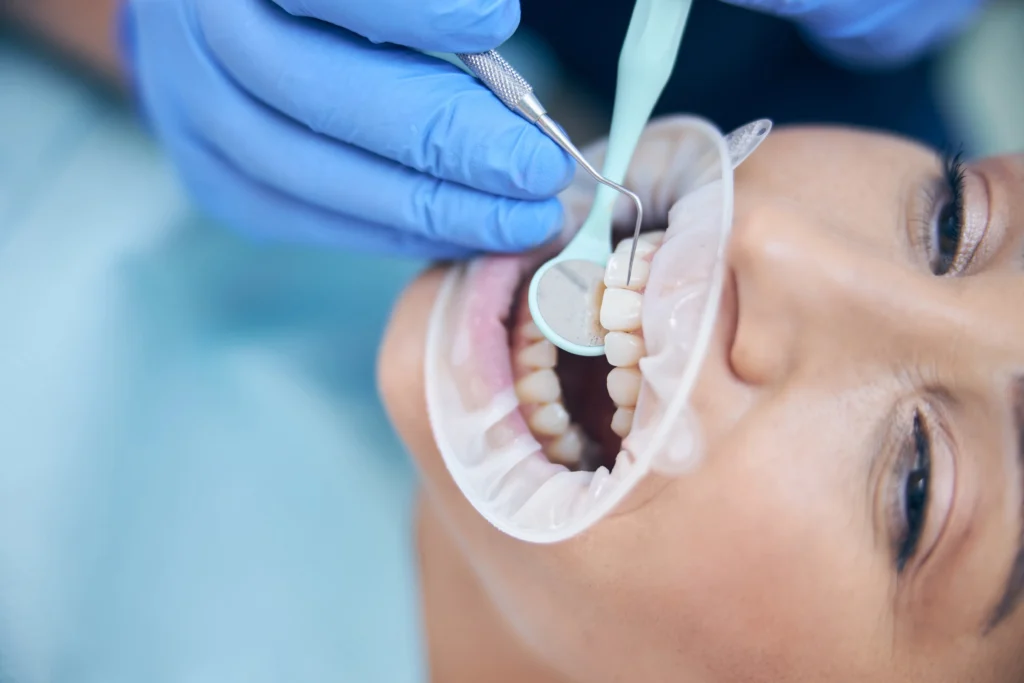
The Decision You’ve Got To Get Right For Your Type
Multiple factors influence the choice of the ideal treatment for an individual patient and should be personalized based on the patient’s specific conditions and preferences.
Think about how much pain you can stand, as folks with dental phobia may gain quite a bit from lasers’ quieter, gentler methodology. Laser technology may be preferred due to the unpleasant experience of drilling in the past.
Assess the size and location of the cavities to be treated, because similar extensive restorations could be dealt with more effectively using conventional means. Laser preparations are well-suited for small to medium-sized cavities.
Discuss your specific needs with a qualified practitioner to evaluate them and determine the best course of action based on clinical findings. Their skill guarantees success, regardless of the technique.
It’s essential to be transparent about budget and insurance implications, as cost can be a significant factor in decision-making. Many practices offer payment plans to help make higher-tier treatments more accessible.
Frequently Asked Questions
Patients often have specific concerns related to the various types of filling techniques, and a discussion of common questions can lead to a clearer understanding of this critical intervention.
Is there less pain in a laser filling than there would be in a regular one?
Patients also experience less pain with laser procedures, in which local anaesthesia is usually not necessary, but can be expected with conventional drilling, which delivers the required pain relief. The absence of physical vibrations and drilling noises makes it more comfortable to use.
How much longer do laser fillings last than the classical fillings?
When well-performed, both have a similar lifetime; composites last 5-10 years, while amalgams last 10-15 years, regardless of the preparation method. Durability is more a function of the filling material selected than of the preparation method employed.
Are laser treatments suitable for your kids?
For pediatric patients, laser technology is highly safe and effective. It is preferred because it is less anxiety-provoking, less painful, and the drill sound that typically causes fear is removed during the drill treatment. Laser is well-tolerated in children and is not usually associated with behavioral problems.
Can I have more than one cavity filled at a time with a laser?
Although the procedure can treat many restorations and be completed in a single visit, it is generally more time-consuming than traditional methods. When large numbers of cavities are treated simultaneously, most dental practices efficiently treat 2-3 small to medium-sized fillings using laser technology. However, for a more comprehensive treatment plan, multiple visits may be required to attain the best comfort for the patient.
These overlapping concerns underscore the importance of understanding both options before scheduling your dental restoration appointment.
Conclusion
Laser and conventional filling treatments are practical methods for cavity treatment, each with unique merits that can be utilized in various situations and to meet the needs of patients.
Classical techniques are available to everyone and provide reliable and affordable care (RCC), while the laser modality is more accurate and comfortable but more expensive. There is no utopian solution, and subjective aspects, such as budget, personal anxiety, and clinical needs, will influence the “best” option.
“Specialty is what you want on the back of a performer’s baseball card,” Long continued, asserting that people absolutely should trust opinions, recommendations, and evaluations of specialists in any genre in which they practice, including how to care for their teeth properly. They can assess your circumstances and recommend the most suitable treatment plan for the best possible long-term outcome.


